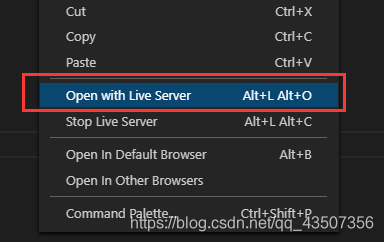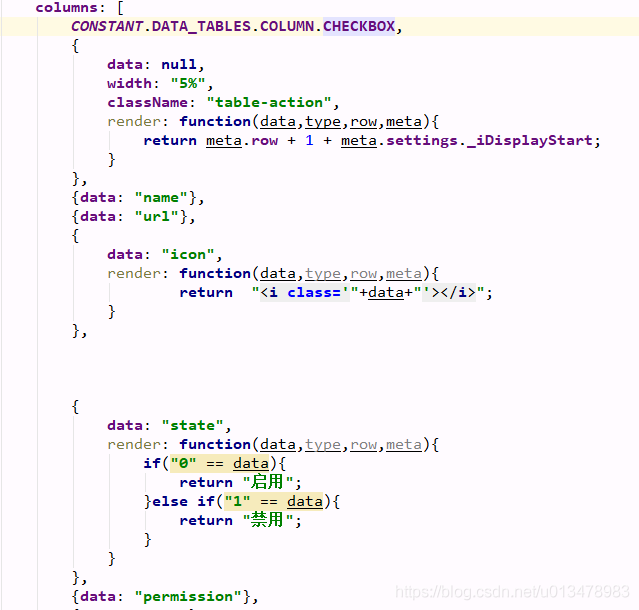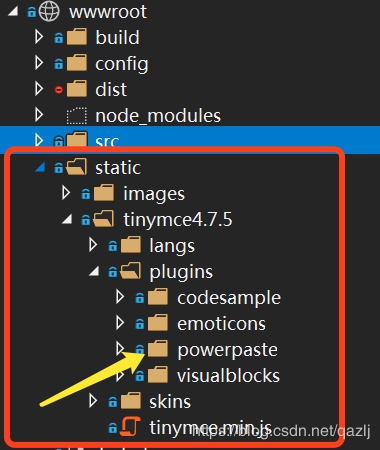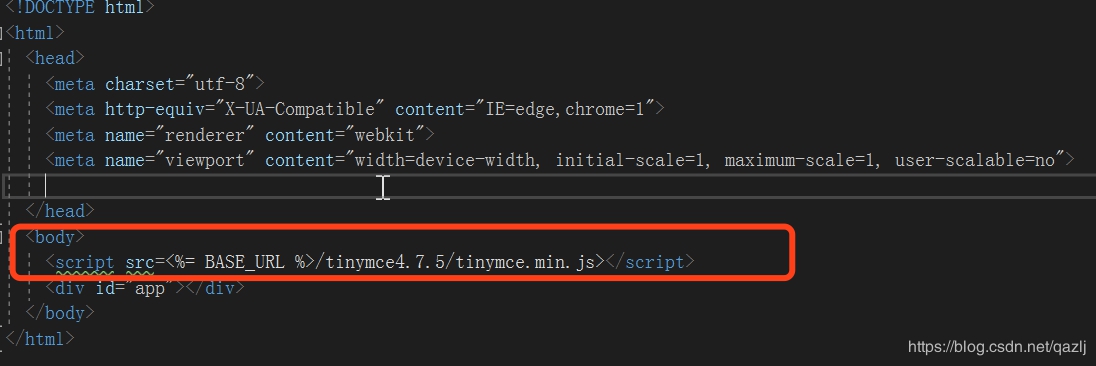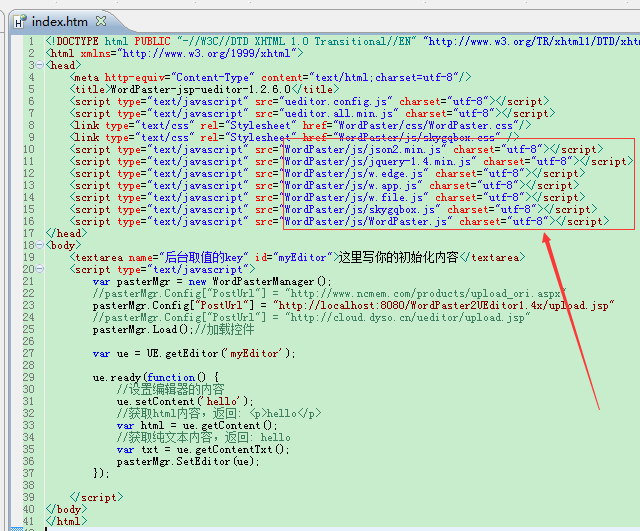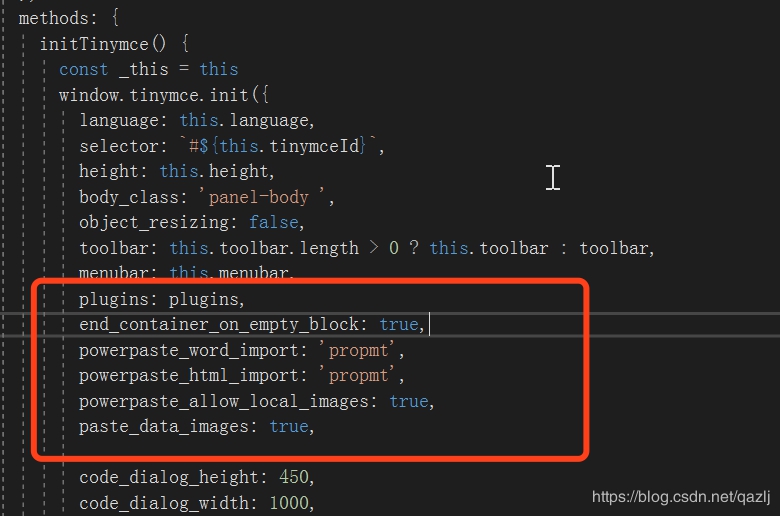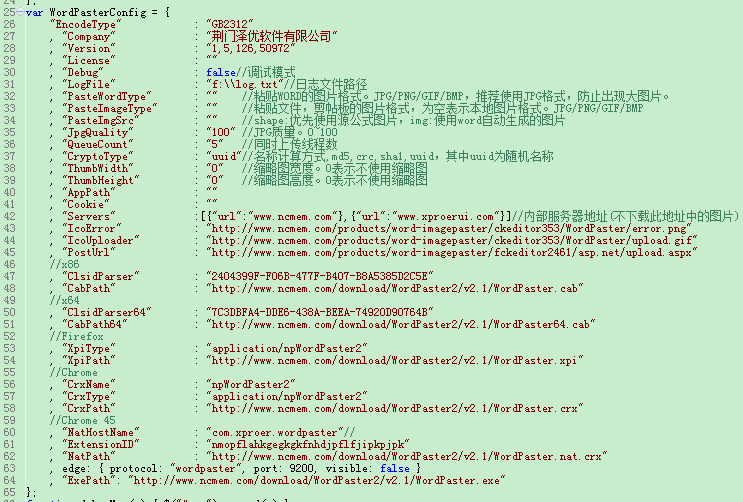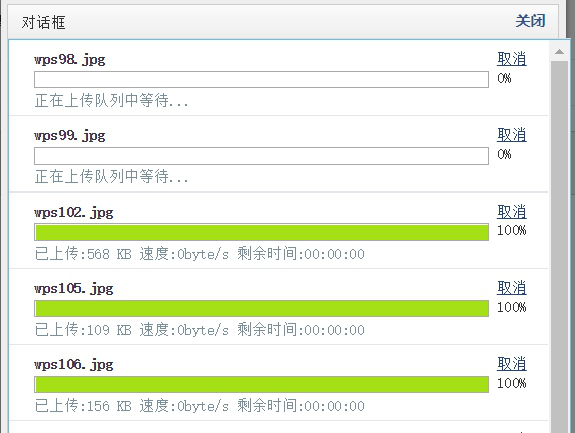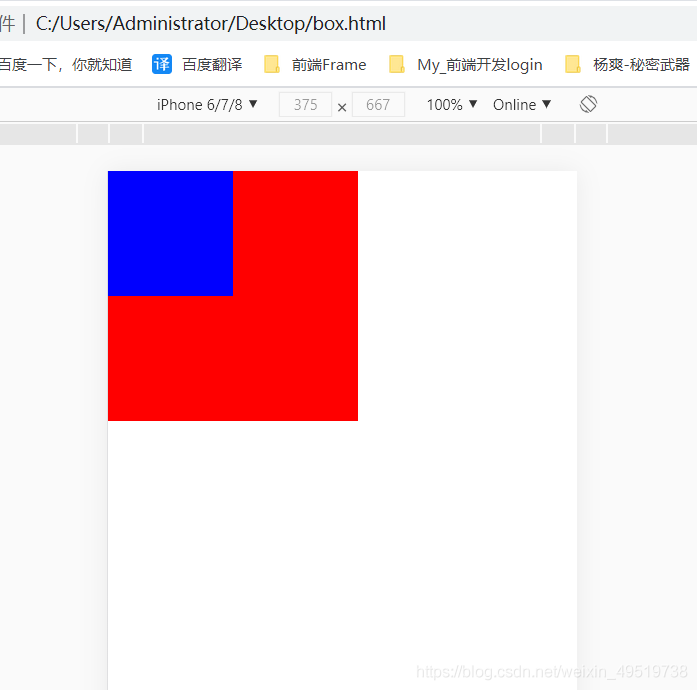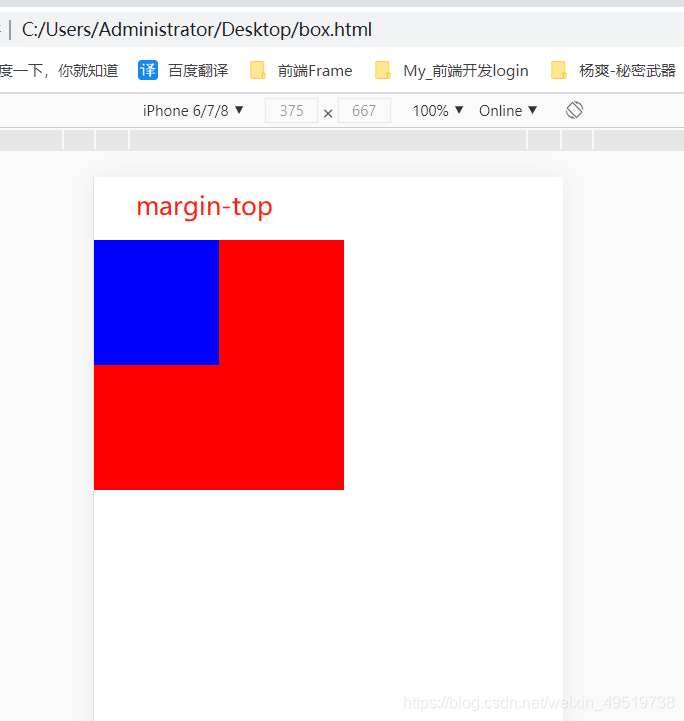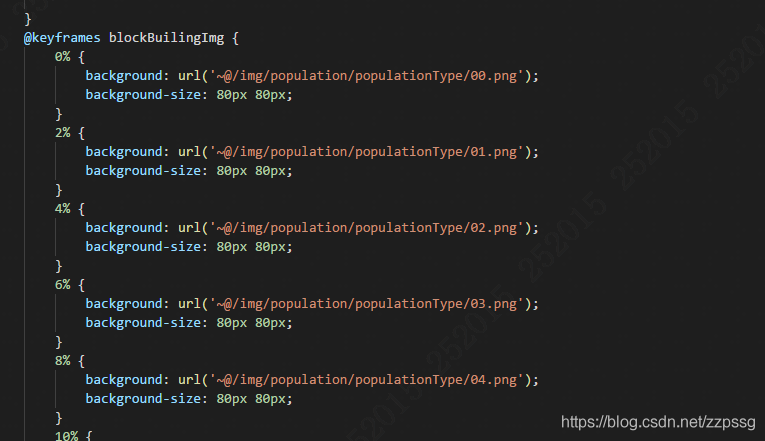Consultation area
Naor:
I have the following query:
int maxShoeSize = Workers.Where(x => x.CompanyId == 8)
.Max(x => x.ShoeSize);
If workers. Where (x = & gt; x. Companyid = = 8) if no workers are found, the above code will throw an exception.
Now the idea is: query can return 0 if it can't be found, but don't throw an exception. How can I modify the query above?
Answer area
Ron K.:
You can use the extension method of IEnumerable defaultifempty() to avoid this embarrassment. Refer to the following code.
class Program
{
static void Main(string[] args)
{
List<Worker> Workers = new List<Worker>()
{
new Worker(){ CompanyId=1, CompanyName="tweet", ShoeSize=10 },
new Worker(){ CompanyId=2, CompanyName="google", ShoeSize=20 },
};
int maxShoeSize = Workers.Where(x => x.CompanyId == 8)
.Select(x => x.ShoeSize)
.DefaultIfEmpty(0)
.Max();
Debug.WriteLine($"maxShoeSize={maxShoeSize}");
}
}
class Worker
{
public int CompanyId { get; set; }
public string CompanyName { get; set; }
public int ShoeSize { get; set; }
}
Output results:
maxShoeSize=0
Of course, the above 0 is not necessary. You can change it to any other number.
CptRobby:
Although the plan provided by the man upstairs can work normally, it doesn't look very eye-catching. It can be transformed into the following one.
int maxShoeSize = Workers.Where(x => x.CompanyId == 8)
.Select(x => (int?)x.ShoeSize)
.Max() ?? 0;
Does the code look a little lengthy?The best way is to customize a extension method , as shown in the following code:
public static int MaxOrDefault<T>(this IQueryable<T> source, Expression<Func<T, int?>> selector, int nullValue = 0)
{
return source.Max(selector) ?? nullValue;
}
For simplicity, this extension only deals with the int type. You can change it to any type, such as: (long, double,...), and then you can continue to reform the caller.
int maxShoeSize = Workers.Where(x => x.CompanyId == 8).MaxOrDefault(x => x.ShoeSize);
I hope my answer can help more people.
Comment area
Xiaobian never dares to do Max on the empty collection , after all, it's not once or twice, so every time we judge whether there is a value in the collection in advance, and then execute Max , we didn't expect that there are magic extension methods defaultifempty and empty type that can help us to do it, and we all forget about sensory science????????????.




